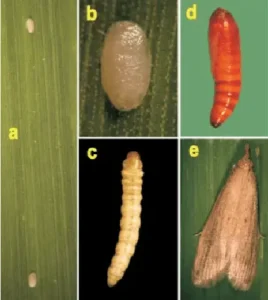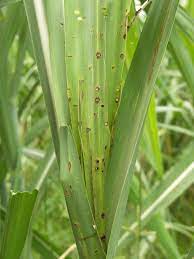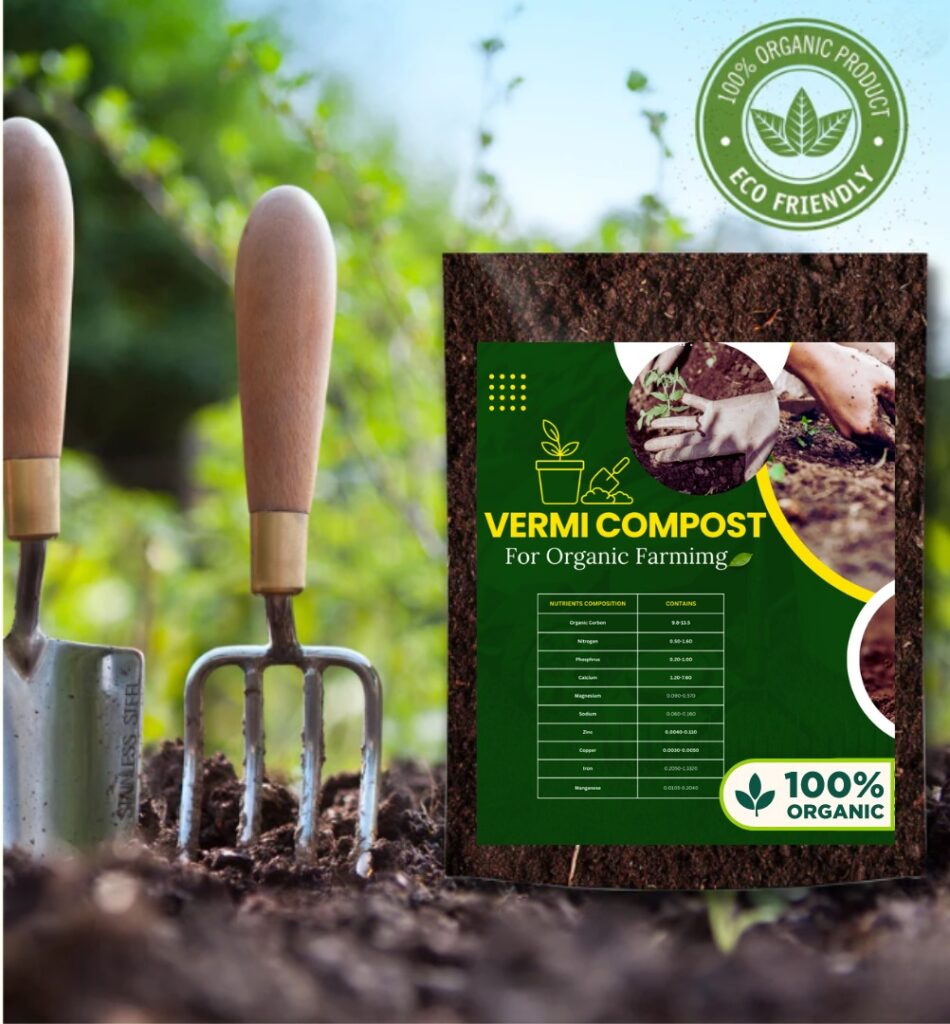Introduction
Sugarcane is an essential crop that is used to produce the majority of the world’s sugar. The top borer is one of the most dreaded of the many pests and illnesses that constantly threaten its crop. The top borer is a harmful insect pest that severely harms sugarcane plants, creating low yields and poor crop quality. This blog article will examine the signs of sugarcane top borer disease and suggest solutions for its management. Additionally, we’ll examine the yellow top borer kind.
What is the major sugarcane borer disease?
The top borer kind of insect pest mostly affects sugarcane crops. Its larvae consume the inner stalk tissues of the sugarcane plant since it belongs to the group of insects that bore through stalks. The most frequent species that harms sugarcane is the Scirpophaga excerptalis, commonly referred to as the Asian top borer. This insect damages sugarcane crops when still in the larval stage, which may be extremely costly for producers.
Top Borer Damage Symptoms
The top sugarcane borers must be recognized in order to implement quick management actions. The following symptoms and indications that suggest a top borer infestation:
Dried and yellowing of the foliage: Infected crops exhibit drying and yellowing of the leaves, which starts with the top leaves and proceeds downward. One of the first symptoms of a sugarcane crop can be this one.
When the sugarcane plant’s heart, or core stalk, becomes hollowed out and finally dies, “dead hearts” are present. The term “dead hearts” speaks to this condition. The eating behavior of the top borer larvae is what causes this disease.
Frass is an unique sawdust-like material that surrounds tiny bore holes that are found in diseased stalks. This frass, which is the waste of the feeding larvae, is a definite sign of activity by top borer.
Strong infections can cause poor sugarcane plant development and an obvious drop in overall cane production which can cause farmers to suffer huge financial losses.


Managing Top Borer in Sugarcane
To control the top borer infestation, an extensive approach that includes ethnic, natural, and chemical management techniques is needed. The following are a few effective ways to lessen sugarcane top borers:
Early detection and monitoring:
Regularly check sugarcane crops for infection symptoms and keep a close watch on adult moth populations. Setting up traps for collecting and count adult moths can help identify possible outbreaks.
Cultural customs:
To reduce the probability of residing larvae living, employ good agricultural practices such field cleaning, crop waste collection and removal after harvest, and plowing under waste.
Natural control:
Natural parasites and predators of the top borer can help limit its spread. By eating its eggs and larvae, bee parasites and competitors like ants and spiders naturally manage the top borer.
Utilization of resistant species:
Some sugarcane varieties are believed to be tolerant to top borers. The use of resistant varieties can significantly lessen the pest’s negative effects on sugarcane crops.
Chemical control:
When infestations pose a threat to the economy, insecticides should only be used sparingly। In order to minimize the impact on the ecosystem, it is essential to use insecticides correctly and to follow integrated pest control strategies।
The Yellow Top Borer in Sugarcane
Another type of top borer that threatens sugarcane crops is the yellow top borer (Scirpophaga incertulas)। This species, which originates from South and Southeast Asia, behaves similar to the Asian top borer। The larvae of the yellow top borer hurt sugarcane plants, lowering the sucrose content of harvested cane and decreasing yields।
Conclusion
The top borer disease continues to pose significant challenges to sugarcane growers worldwide। It is essential to identify infestation signs and take appropriate control measures if this destructive bug only causes minimal damage। In the face of serious borer threats, using an integrated strategy that combines cultural, biological, and chemical management methods can help maintain sugarcane production and guarantee the profitability of sugarcane cultivation। Continuous research into resistant sugarcane cultivars and environmentally friendly insect control methods will also safeguard the sugarcane industry’s future।



